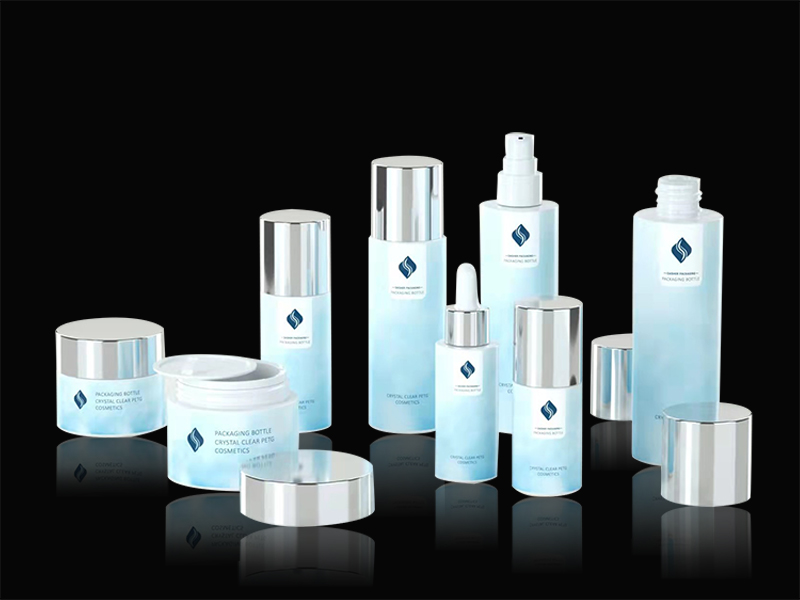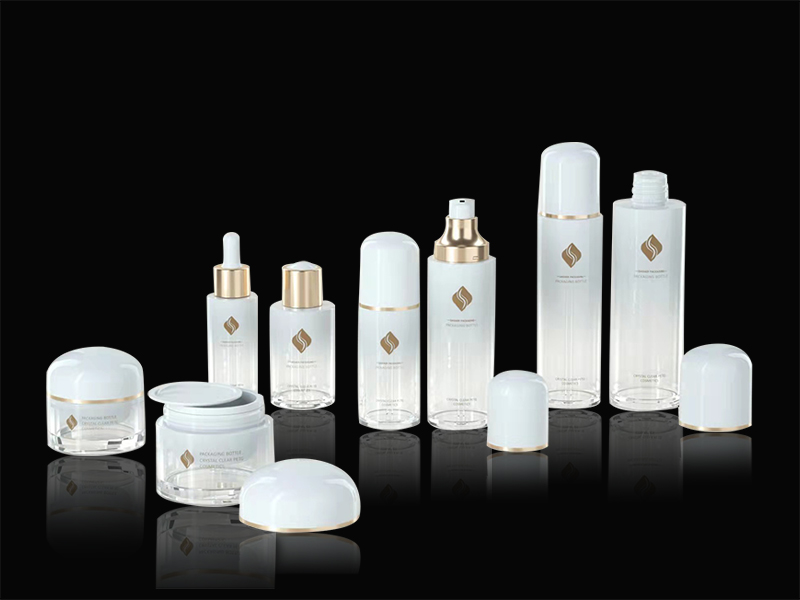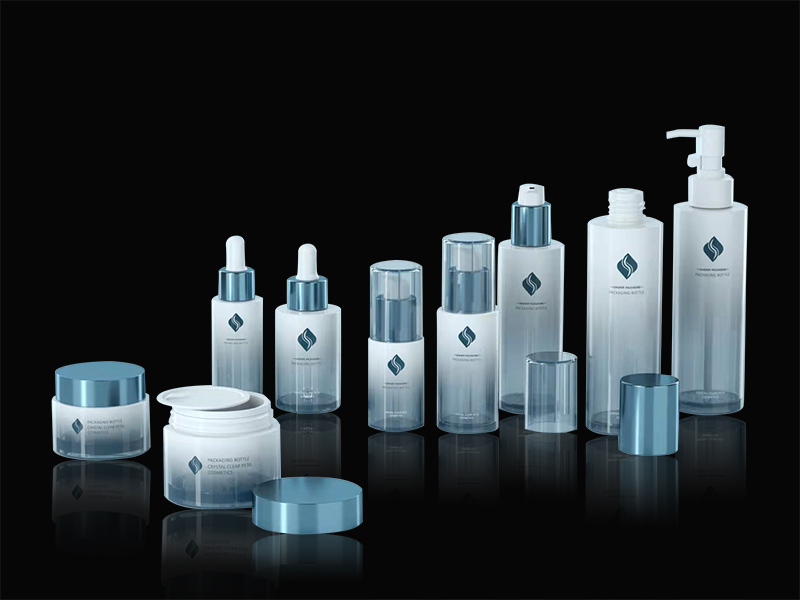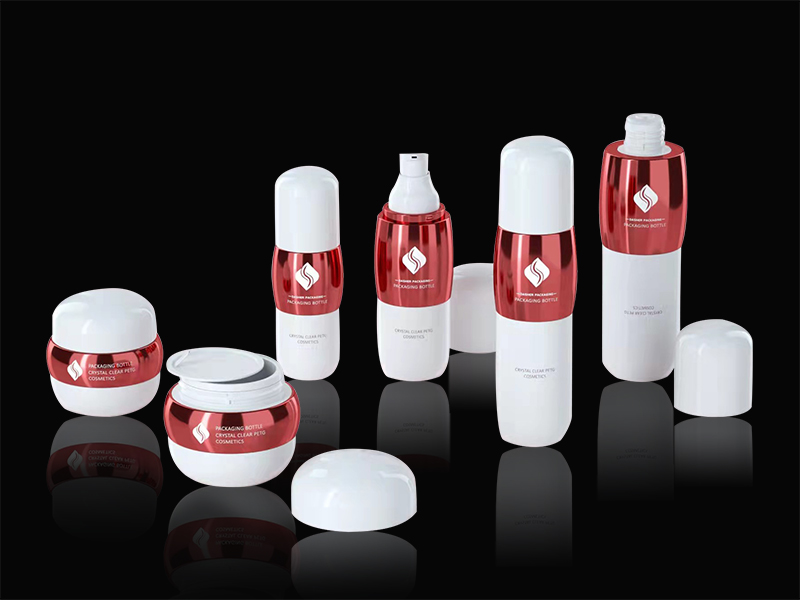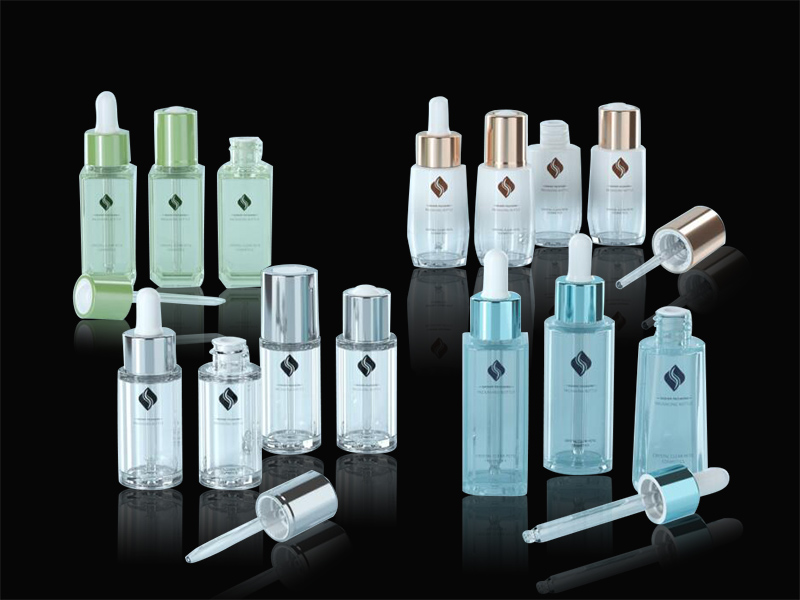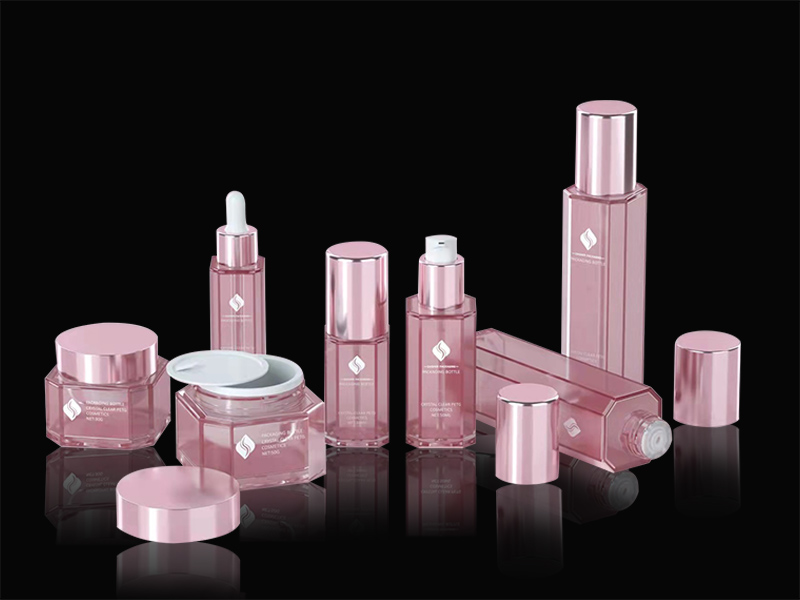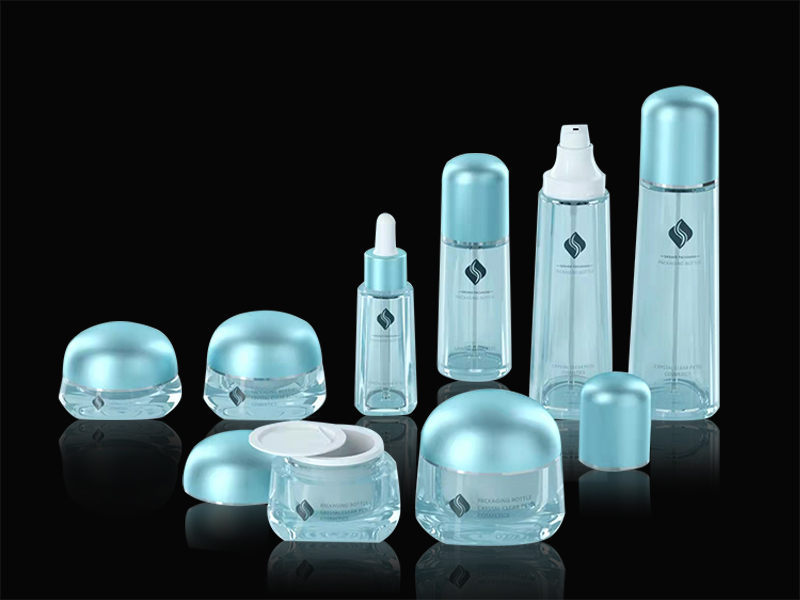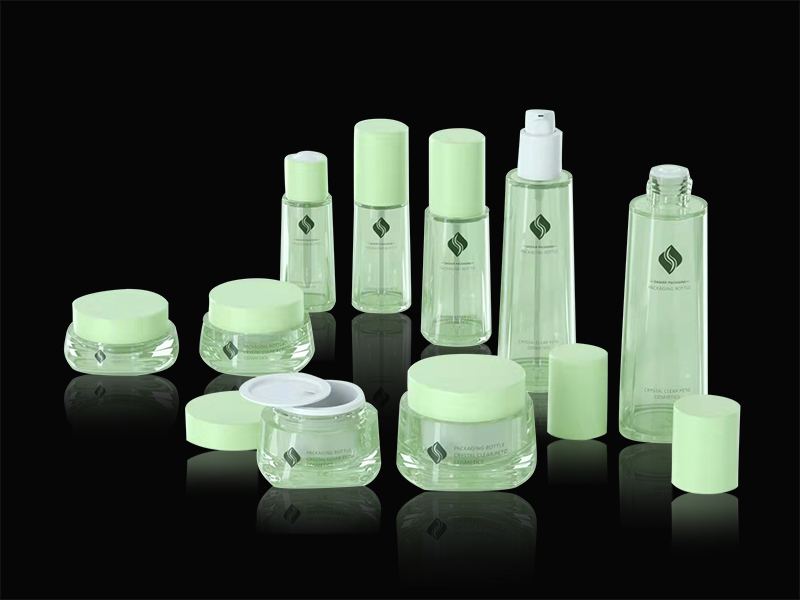With the increasing awareness of environmental protection, a packaging container called “ecological glass bottle” is also an important development direction for cosmetic bottles in the future.
The main market for glass cosmetic containers can be roughly divided into three parts, such as beverage containers, food containers, and small containers for cosmetics and pharmaceuticals. In recent years, although the demand for glass packaging containers in the international market has been declining, the glass packaging containers are still the main packaging materials such as beverages and medicines. In order to adapt to the fierce competition in the international packaging market, some foreign glass packaging container manufacturers and scientific research departments have continuously introduced new equipment and adopted new technologies, which has made a lot of progress in the manufacture of glass packaging containers.
The distinguishing feature of glass cosmetic containers from other cans or paper containers is the transparency of the contents. However, it is because of this that the outside light can easily pass through the container, which causes the contents to deteriorate and deteriorate. In particular, ultraviolet light has a great influence on the contents, and it is urgent to develop a glass cosmetic container which is colorless and transparent and can block ultraviolet rays.
The glass cosmetic container is large in quality and easy to be broken. In order to improve its competitiveness, it is a development direction to realize the lightweight and high strength of the glass cosmetic container.
To reduce refractory stones, high quality refractory materials must be used. In general, the porosity, structural density, uniformity of microstructure, masonry quality, melting temperature, alkalinity of the glass itself, melting stratification, and the type of raw materials used are closely related to the refractory material. Common refractory stones are aluminum siliceous stones such as mullite, nepheline, leucite and the like.
In order to meet the needs of the market, more and more customers have put forward many varieties, multifunctional and small batch requirements for the color, shape and label of glass cosmetic containers. It is in this situation that a coated glass cosmetic container has emerged. The coated glass cosmetic container also has the following advantages: it can prevent the damage of the surface of the glass bottle caused by collision friction between the containers; can cover the original minor flaws of the glass cosmetic container, and increase the compressive strength of the container by 40%.

